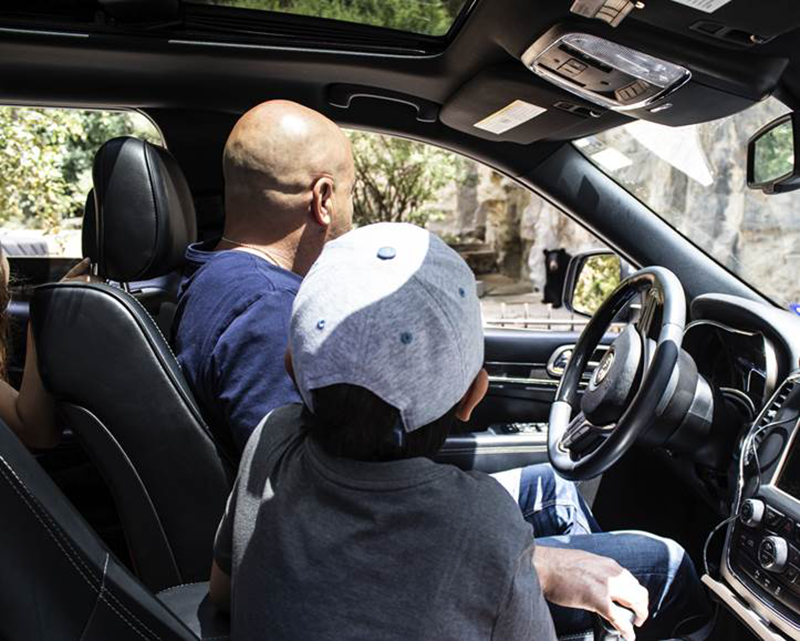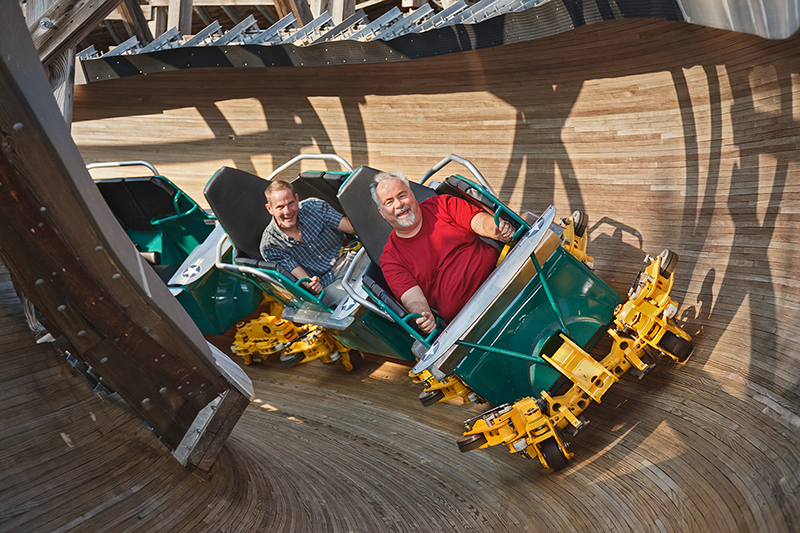How Attractions Respond to Negative Effects of COVID-19

“The most challenging and frustrating thing is that we are seeing great attendance and people really willing to spend money—our per-caps are incredible—but we have to operate with limited units open,” says Tim Morrow, president and CEO of the San Antonio Zoo, explaining the impact that a reduced workforce has had on operations. “We’re just not able to provide the level of service we’ve set for ourselves. It’s disappointing. It’s challenging and frustrating for guests too.”
Similar refrains can be heard across the entire attractions industry. The COVID-19 pandemic has disrupted virtually all businesses and organizations. The hospitality sector, however, has really taken it on the chin. Eager customers are returning in droves. Employees? Not so much. Along with other issues, such as supply chain ruptures, attractions have had a hard time rebounding from the pandemic and have had to make some adjustments to the ways they operate.
Morrow says hiring has been especially difficult for front line, guest-facing positions. He estimates that the organization’s food service and retail staffs are about 50% below normal levels. While guests can visit all habitats and exhibits, only one of the zoo’s three restaurants and a handful of its snack stands are open. It’s especially exasperating because attendance is ahead of 2019, before the pandemic began.
Morrow isn’t surprised.
“People feel safe coming to zoos,” he says. “It’s outdoors, and that helps visitors feel comfortable.”
Some employees, however, are wary of working in jobs where they are in constant contact with guests, particularly as the delta variant has become rampant. Also, there is a lot of competition for workers and lots of opportunities available to them.
“We’re seeing higher hiring rates with lower retention rates,” Morrow says.
The CEO says that he and his leadership team have been working hard to show loyalty to employees. While the zoo did furlough about 70% of its staff when it closed due to the pandemic, it never let any of them go. After launching a successful drive-thru zoo experience in May of last year, it brought back all its employees and paid back those who had given up salary or hours during the shutdown.
The zoo has had a hard time sourcing merchandise and keeping the shelves stocked in its shops. Shortages of building supplies and materials have also delayed planned construction projects, such as Neotropica, a re-themed area that will feature an overhead jaguar catwalk system when it opens later this year.
Prior to 2020, Knoebels Amusement Resort in Pennsylvania could count on a 72% return rate among its seasonal employees.
“That got destroyed with COVID,” says Jon Anderson, human resources (HR) director.
His department has been trying to attract new employees by, among other strategies, introducing a raffle that will award a new car to a lucky team member. Still, the resort peaked at 78% of its prepandemic workforce and had to close some of its rides and food stands, as well as make other adjustments.
For example, Knoebels reduced its hours but continued daily operations during its summer season.
“It was very important to us to maintain a seven-day schedule for guests who had already planned their trips,” says Stacy Yutko, public relations and guest experience director.
The park closed and consolidated some of its food stands, and it shut some of them down earlier in the day. It also selectively closed more labor-intensive rides, such as the shoot-the-chutes attraction, “Sklooosh,” and the wooden bobsled coaster, “Flying Turns,” so it could maximize its staff and continue operating as many of its other attractions as possible. Because Knoebels has an open gate, Yutko says the park is in a unique position to accommodate visitors that are disappointed by the closures.
“Since we offer free admission and the ability to pay per ride, guests could choose to use ride tickets if they did not believe they could get the full value from a [pay-one-price] ride pass,” she says.
The park is also striving to be transparent about its staffing challenges by maintaining a ride status page on its website, posting closures on social media, and maintaining real-time ride updates on monitors at its admissions and guest services areas. According to Yutko, Knoebels had to close some rides because it has been unable to quickly get parts for them amid the pandemic.

Traditional job fairs have been a bust, according to Anderson. He did organize a drive-thru job fair, which generated some interest. Because new employees have been trickling in over the course of the season, HR developed virtual orientation resources and online training modules that new staff members could access individually. The San Antonio Zoo transitioned to virtual training, as well.
“From an HR standpoint, we will have to raise the bar on our recruitment efforts,” Anderson says, addressing the low retention rates and other staffing challenges. “We have a lot of rebuilding to do.”
Attendance has improved, but it has not returned to prepandemic levels at Knoebels. For Big Apple Fun Center—an FEC that features bowling in Kearney, Nebraska—business has never been better. Staffing, however, is an issue that has caused the facility to close its outdoor go-karts, occasionally open later and/or close earlier for some of its other attractions, and sometimes modify its bar and grill offerings. Big Apple was able to open a new indoor electric go-kart track this past May.
“Nobody is applying for work,” says Ken Owen, general manager. “Nebraska has the lowest unemployment rate in the nation.”
In addition to staffing issues, he says the FEC often has a hard time getting food items, attractions parts, and other necessities. This has caused disruptions in service, as well. Nonetheless, Owen says that guests are happy to be out of the house and having fun.
“People want to spend money at our business,” he says.
Morrow adds to this, saying that despite a few service hiccups, the San Antonio Zoo has continued to be a place where people want to come and enjoy themselves.
“I think there is a newfound respect for parks, zoos, aquariums, museums, and other attractions because people couldn’t go to them for so long,” he says.
